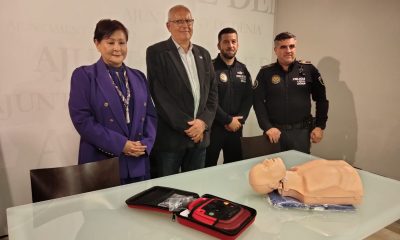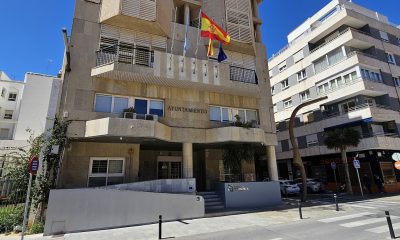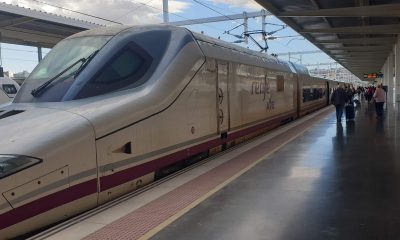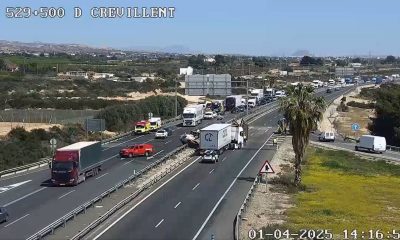Costa Blanca
Eleven tourist apartments in Santa Pola and four in Elche are removed from the tourism registry
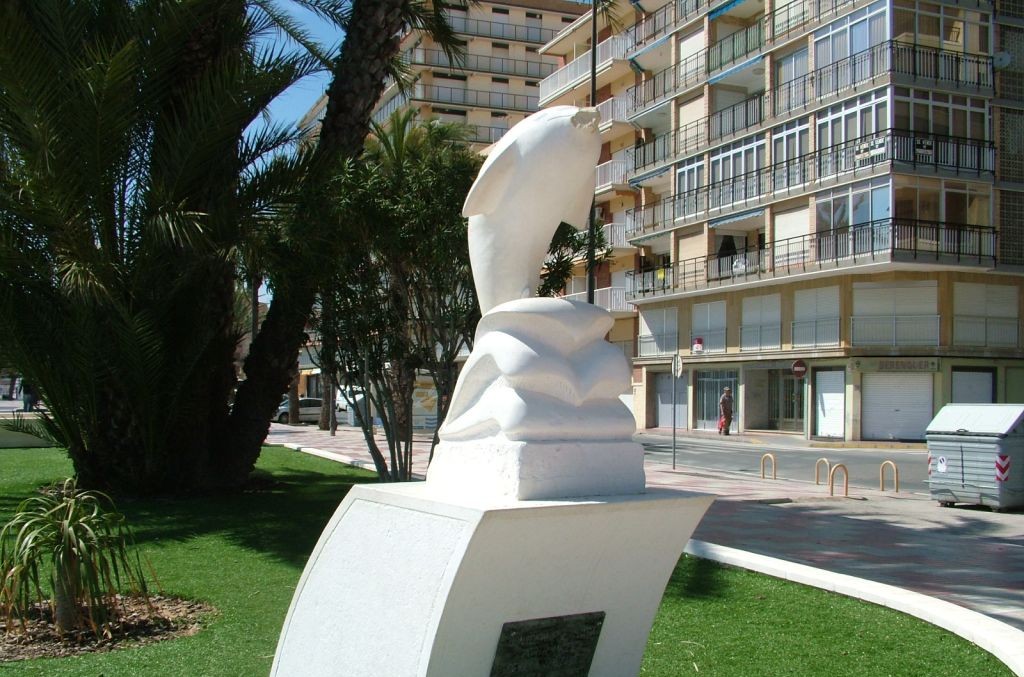
The Valencian Community of Tourist Use residences (VUT) Tourism Registry is being updated by the Generalitat, which means that residences that have not submitted the necessary paperwork to stay in the registry will be removed from the census. Only four properties will be removed from the census, despite the fact that 803 will be deregistered throughout the province of Alicante. This is because the municipality of Elche is wagering more and more on the tourism industry. Eleven are in the Santa Pola case.
They have been found in the Marismas urbanisation, Playa Paraíso II, Paraíso I, and Gran Alacant, as well as in other already remote streets. In this way, the fishing village experiences exponential growth in the summer due to the influx of tourists from the rest of the country or second homes in the area, primarily from Elche.
When it comes to Elche, there are four residences in the hamlets, which are also the locations that see the most tourists during the busiest times of the year. Two in Arenales del Sol and two in L’Altet in this instance. The first apartment is located on Valladolid Street in the Infinity View residential area, while the second is located on Algeciras Street in the Ocean View Phase 1 development. L’Altet has two locations: one on a remote piece of rural property and the other on Vereda del Sur Street in the Los Limoneros development.
Only 200 of the 950 tourist apartments in Elche are now occupied.
Lastly, the outlying districts of Elche are where the majority of these tourist apartments are located. There are 950 VUT registered in the city, the City Council said, in reference to the housing issue that has been the focus of considerable discussion in recent months. According to this viewpoint, Elche is not a tourist destination that poses a problem and these serve to enhance the local hotel offerings. Only 200 of the 950 tourist units that have been registered are currently in use. Of these, 116 are in the city, 86 are in La Marina, 15 are in El Altet, 12 are in Jubalcoi, 671 are in Arenales, and the remainder are in other distant regions. However, the City Council last year approved the first building permission in the city for a particular tourist housing complex consisting of fourteen flats on Calle Beethoven.
Discover more from Costa Blanca Daily
Subscribe to get the latest posts sent to your email.
Costa Blanca
First aid training to local police is signed by the Dénia Council and Benidorm Hospital Clinic
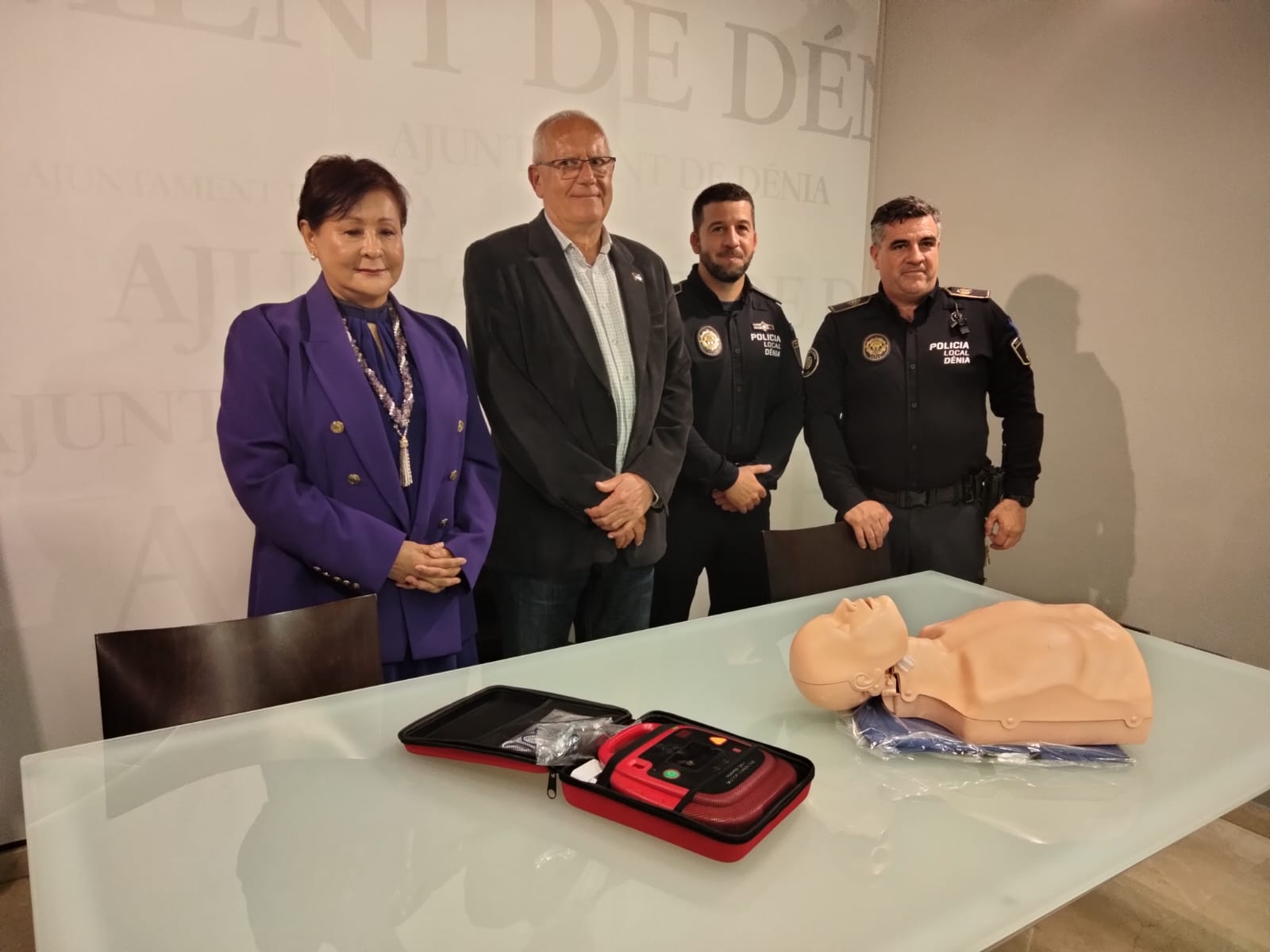
Vicent Grimalt, the mayor of Dénia, and Ana Vasbinder, the director of the Benidorm Clinical Hospital, signed a cooperation agreement this Tuesday to plan training exercises for the Local Police in the areas of accident or health-related assistance, prevention, and first aid.
The technical tools required for the training, including a mock defibrillator and a dummy to simulate resuscitation techniques, were also supplied by the Benidorm Clinic Hospital, which has operated in Dénia for three years.
The first term of this arrangement will be four years.
The materials “will be used immediately in the road safety and first aid classes” that the force conducts in the city’s schools, according to Jovi Estruch, Chief Superintendent of the Dénia Local Police. Additionally, the first course that will be offered as a result of this partnership with the HCB is already planned for June.
This partnership with Dénia City Council and the Local Police “is an obligation, but also an honour, in response to the warm welcome we have received from the public,” said Ana Vasbinder, who is also the director of Institutional Relations at Benidorm Clinical Hospital.
“One of our goals as a company is to be part of the social network in the communities where we work, so being able to help police officers improve their care of people is a commitment for us ,” Vasbinder said.
The health centre’s director further underlined that “their actions can often save lives” because the local police are frequently the first emergency services to arrive at an accident scene.
The Benidorm Clinical Hospital was recognised by the mayor for its participation “in this and many other municipal initiatives related to health and sport.”
Discover more from Costa Blanca Daily
Subscribe to get the latest posts sent to your email.
Costa Blanca
A measure supporting the fishing industry is unanimously approved by the Torrevieja Council
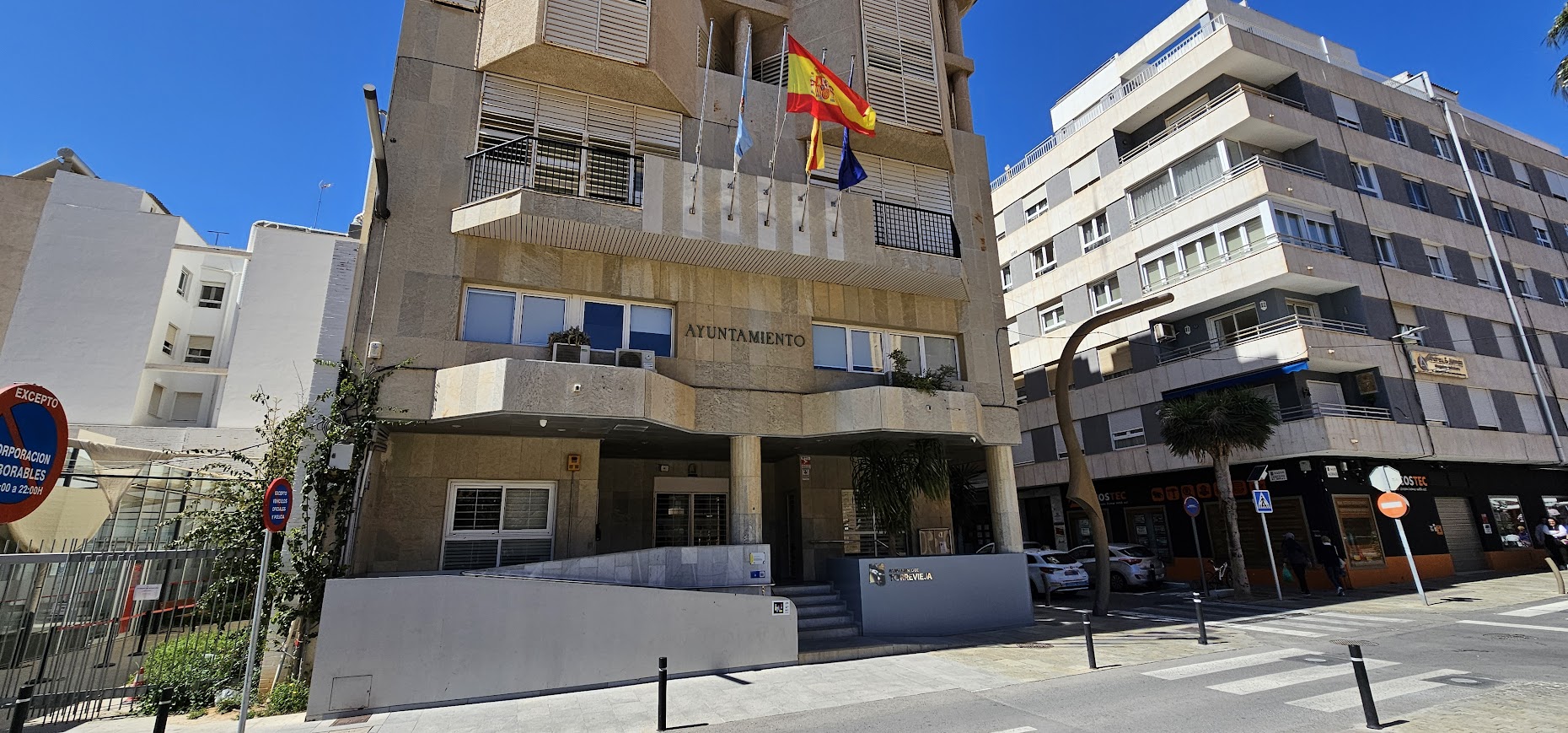
As part of the processing of the new European Regulation on the Common Fisheries Policy (CFP), Rosario Martínez Chazarra, spokesperson for the Popular Party Municipal Group, presented a motion in favour of the fishing industry, which the Ordinary Plenary Session of Torrevieja City Council approved on urgent grounds on Monday, March 31st. All political parties represented in the City Council (PP, PSOE, VOX, and Sueña Torrevieja) unanimously accepted the resolution.
The urgency is justified by the fact that the European Commission is now holding a public involvement procedure for the CFP regulation’s wording, and the administrative bodies of Member States have until April 21st, 2025, to submit their recommendations.
In Torrevieja, the fishing industry has a significant socioeconomic impact. Because of its significance as a food supply, its long history in the city, its close ties to generations of Torrevieja people, and its role in the landscape and economic activities of our municipality, it is a vital and crucial sector.
In order to guarantee the sustainability of EU fisheries from an environmental, economic, and social standpoint, the Common Fisheries Policy underwent its most recent update in 2013.
In addition to the implementation of other complementary measures like enhanced selectivity, closed areas, and seasons, among others, there has been a notable decrease in fishing effort, which has reached over 40% of fishing days. The Artisanal Coastal Fishing Fleet of the Valencian Community caught 25% more in 2024 than the year before. Between 2023 and 2024, the catch grew from 15,000 tonnes valued at €81.1 million to 19,035 tonnes valued at €94.3 million. It is clear that the Torrevieja fish market played a major role in reaching these catch values.
Despite these numbers, our municipality’s fishing vessels are in a precarious position as a result of recent Council of the European Union decisions that cut the number of fishing days to just 27 annually. This action renders the city’s fishing industry, which creates a significant number of direct and indirect jobs, unviable, despite its enormous social value.
As fishermen in the Valencian Community gathered 150,000 tonnes of trash, mostly plastic, from the Mediterranean Sea last year alone, Mediterranean fishing has substantial ecological and environmental value in our sea in addition to being a major economic, tourism, cultural, and culinary asset for our municipality.
In plenary, it was decided that the appropriate body would encourage the Spanish government to ask the European Commission for all of these reasons:
- A 25% increase in catches was made possible by the extension of the fishing season to 133 days.
* - Since the catch of almost 200 species cannot be dependent on criteria specified for just one, as is the case with hake, there should be greater transparency when determining the criterion for ongoing fishing.
* - Enhance and broaden the standards used to assess the true fishing stock of the entire group of species.
* - When making significant judgements, the industry should be considered, and these decisions should be made quickly. Their way of life cannot be drastically altered annually by a political decision made in December with little warning. Since fishing is also a business activity and should be subject to the same foresight as other economic activities, the procedures for changing the number of fishing days should be made public beforehand, and the regulated term should be 10 or five years.
* - That the time horizon for reaching maximum sustainable performance beyond 2030 should be delayed by limiting the margins of change to no more than 5 to 10% per year rather than the current 70% reduction.
* - Since this rule was designed for Atlantic fisheries, not Mediterranean fisheries, it is necessary to remove the requirement to land fish that are unsuited for sale.
* - Additionally, scientists with expertise in the Mediterranean should implement the Fisheries Commission’s internal recommendations.
Discover more from Costa Blanca Daily
Subscribe to get the latest posts sent to your email.
Costa Blanca
12.5 million euros to boost high-speed rail at Alicante station
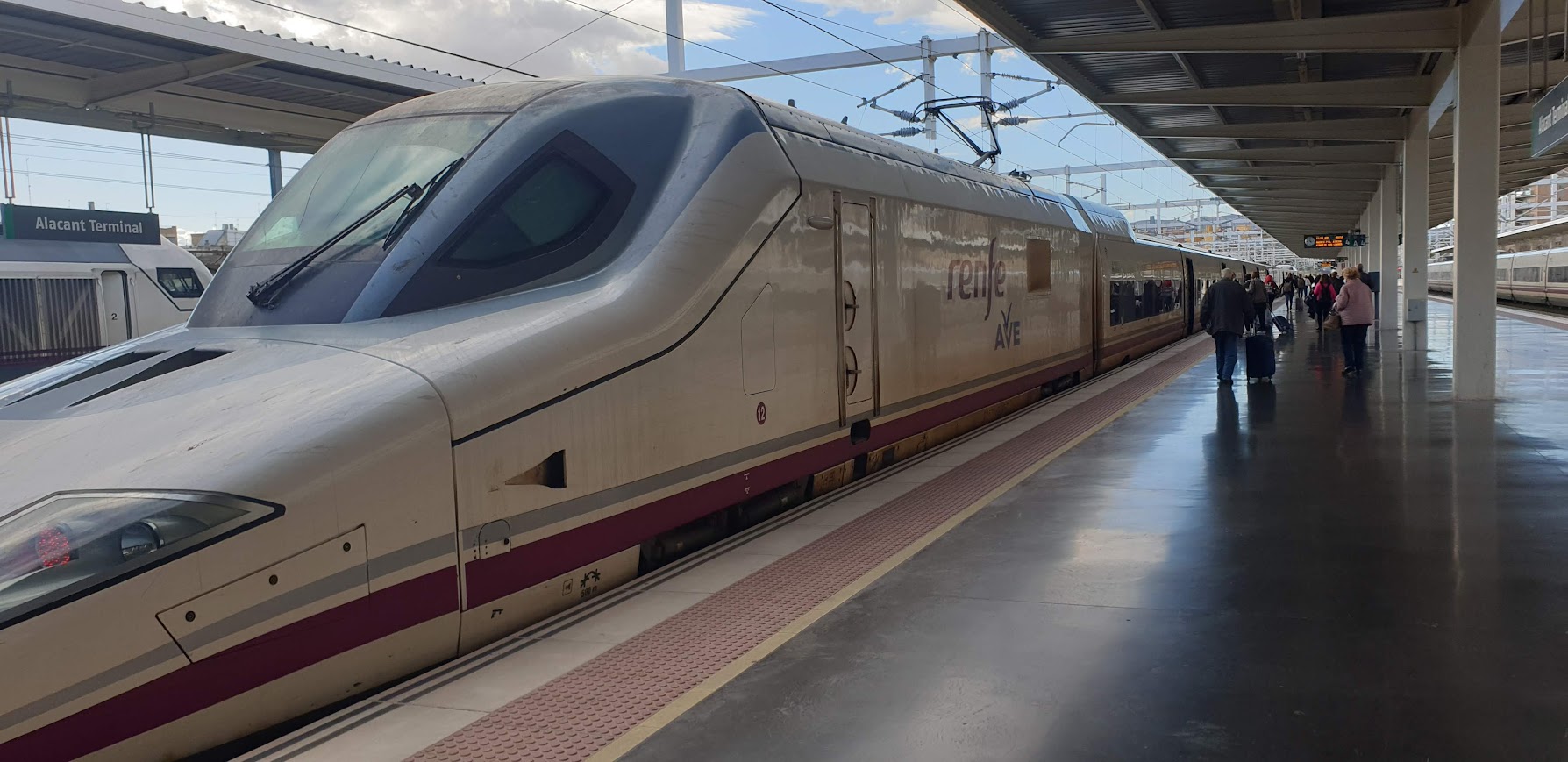
Yesterday, Tuesday 1st April, the Ministry of Transport and Sustainable Mobility was given permission by the Council of Ministers to contract for €12.5 million (VAT excluded) to undertake extra work to improve high-speed rail at the Alicante station and solidify the province as a major hub in the Mediterranean Corridor. As part of the ongoing work to add six extra tracks to the current four, this contract will modify the control, command, and signalling systems at Alicante Terminal station to accommodate the future configuration of standard-gauge tracks.
The Alicante terminal will have ten standard-gauge tracks overall, making it one of the stations on the railway network with the most when the work is finished. The completion of the track expansion projects is made possible by the adaptation of these facilities, which are involved in rail traffic regulation. With a €20.2 million investment (VAT included), work recently started. The project’s current tasks include locating the points to be addressed (layout) on the track and platforms, along with topographical verifications of the track bed; laying out the pile foundations for the sound-absorbing screen on the station’s mountainside; identifying and inspecting the control, command, and signalling and telecommunications facilities; and renovating the auxiliary facilities area.
According to ministry sources in a statement, the goal is to expand the station’s ability to manage high-speed and standard-gauge traffic, both locally and over medium- and long-distance distances, solidifying the capital of Alicante as a key location in the Mediterranean Corridor. Given the Madrid-Alicante High-Speed Line’s (LAV) potential under rail liberalisation, which includes new operators and traffic, as well as the Valencia-Alicante section’s and the Encina Junction’s eventual conversion to standard gauge, it is imperative that the terminal have enough capacity to accommodate the anticipated rail services.
A new configuration for the track
The station will eventually have 10 standard-gauge tracks (by building 4 new ones and converting 2 to conventional gauge) with 5 platforms and 4 conventional-gauge tracks with 2 platforms, making use of the area between the long-distance and medium-distance/commuter tracks. Track work (new tracks, track gauge adaptation, route modification, switch installation), platforms (adaptation, remodelling, and new construction), and electrification (installation of 25 kV power lines on the new standard-gauge tracks, electrification for the high-speed network, complete electrification of the conventional-gauge tracks, and new energy remote control) are among the ongoing projects (the layout report was signed in February).
In addition, facilities for rail operators (such as new check-in counters and maintenance rooms) will be deployed, and the passenger building’s functionality will be enhanced to accommodate the increasing ridership. Along with rearranging and expanding access to the commuter rail area, acoustic barriers will be installed in both the north and south zones. Three railway lines currently meet at Alacant Terminal station: the conventional gauge Alicante-El Reguerón (connection to Murcia), La Encina-Alicante (connection to Albacete/València), and the Madrid-Alicante high-speed rail line, which connects to the Monforte del Cid-Murcia high-speed rail line. Three platforms serve two conventional gauge tracks and four standard gauge tracks for long-distance services. There are three stations and five Iberian gauge tracks for commuter and medium-distance rail services. The same sources suggest that the European Union’s Connecting Europe Facility (CEF) may co-finance these projects.
Discover more from Costa Blanca Daily
Subscribe to get the latest posts sent to your email.
-

 Costa Blanca2 weeks ago
Costa Blanca2 weeks agoElche is seeking tender for an additional 22,000 plants, shrubs, and flowers from 150 different species
-

 Costa Blanca2 weeks ago
Costa Blanca2 weeks agoMan sought for robbery and fraud in Amsterdam has been caught in Alicante
-

 News2 weeks ago
News2 weeks agoTwo arrested in Elda for stealing from restaurants and hostels
-

 Costa Blanca2 weeks ago
Costa Blanca2 weeks agoIn Alicante, a criminal group that specialised in robberies at pharmacies and banks has been dismantled
-
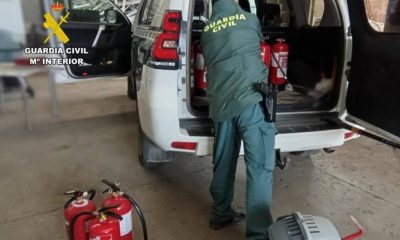
 Costa Blanca2 weeks ago
Costa Blanca2 weeks agoMan stole fire extinguishers to sell as scrap metal
-
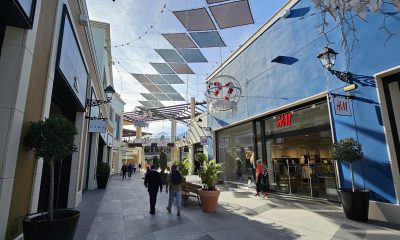
 Costa Blanca2 weeks ago
Costa Blanca2 weeks agoElche’s H&M shop closing
-
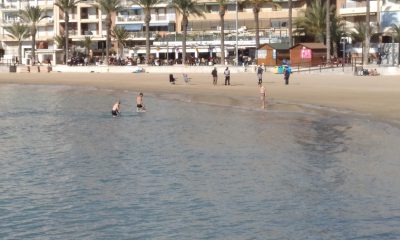
 Costa Blanca2 weeks ago
Costa Blanca2 weeks agoTorrevieja beach bars placed out to tender, but they won’t open until summer
-
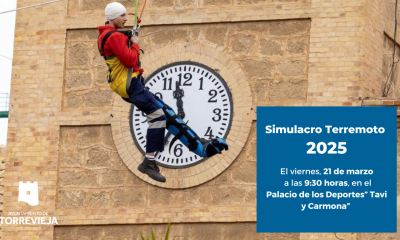
 News2 weeks ago
News2 weeks agoTorrevieja earthquake simulation CANCELLED

